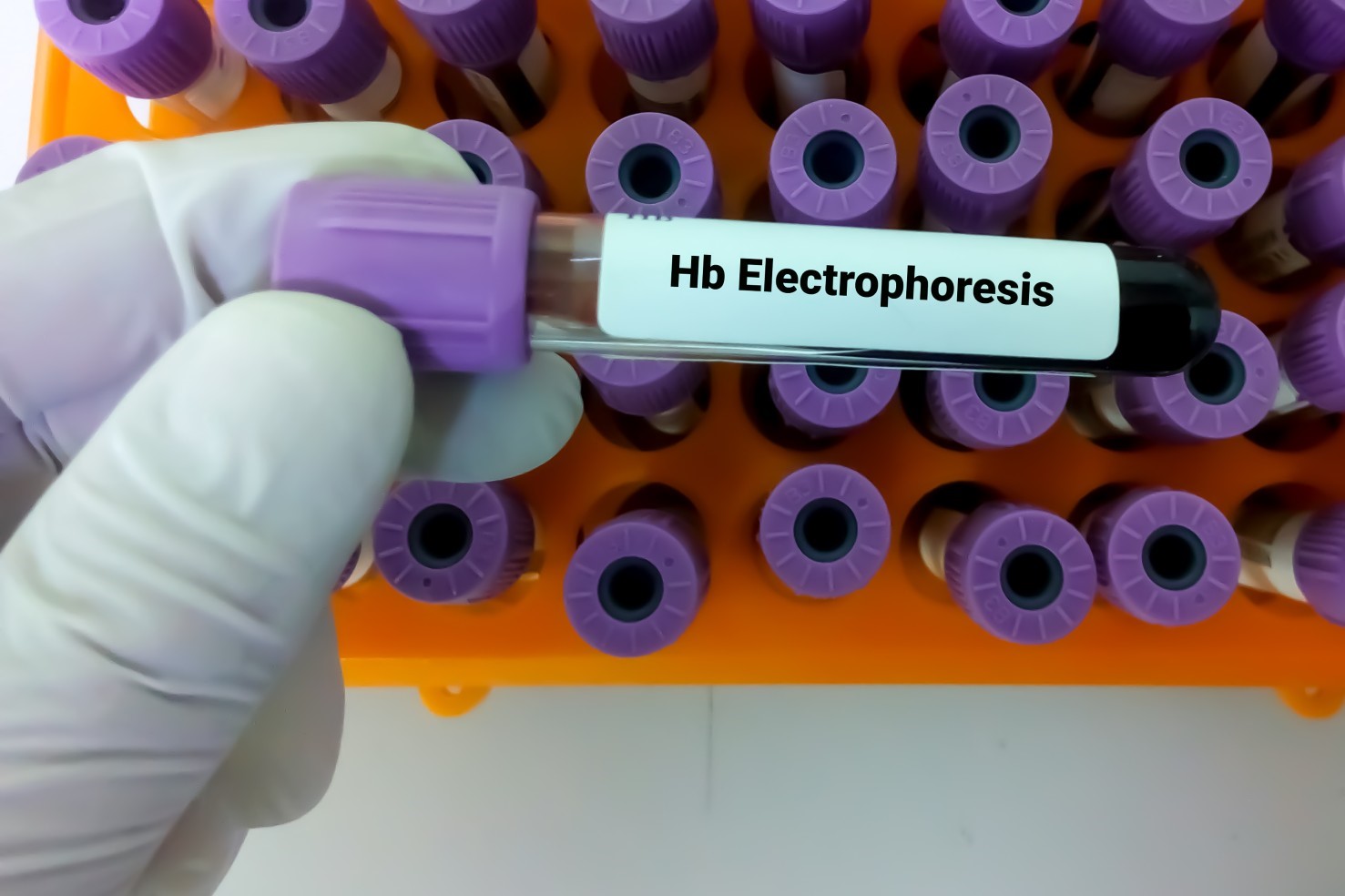
Glycated haemoglobin: what it is and why it is important
Glycated haemoglobin is a blood test that measures average blood glucose (blood sugar levels) over the last three months
Glucose is our cells’ main source of energy and its use is regulated by Insulin.
Knowing its instantaneous levels in the blood (blood glucose) and their average over time (glycated haemoglobin) is crucial for diabetes management.
Glycated haemoglobin: what does the test measure?
Glycated haemoglobin is formed by the reaction of glucose with haemoglobin (the protein that transports oxygen in red blood cells).
The more sugar there is in the blood, the more glycated haemoglobin is formed.
There are two forms: HbA1 and HbA1c
For clinical use, the latter is used because it is more stable.
Once formed, it remains in the blood for about three months; its dosage allows us to know what the average blood glucose values have been over the last 90 days; its value is usually indicated as a percentage.
In the diabetic patient it should not exceed 7%; values then equal to or higher than 8% indicate to us that the patient is out of control and that his risk of developing the complications of diabetes (cardiovascular, renal, ocular) is high.
This risk is related to HbA1c levels: the higher these are, the higher the risk.
In other words, more glycated haemoglobin = fewer years of life and less quality of life.
When should the glycated haemoglobin test be done?
It is important for everyone with diabetes to do this test at least twice a year when things are really going well, and every 3 months when there are problems and the disease is not stable or when there are changes in therapy.
However, it should be borne in mind that glycated haemoglobin values have certain limitations, which must be borne in mind when managing diabetes.
First of all, it should be borne in mind that the glycated haemoglobin value does not tell us about fluctuations in blood glucose nor about episodes of hypoglycaemia (low blood sugar), two very important elements in the management of diabetes.
The most recent scientific literature points us to the reduction of blood glucose fluctuations during the day and the reduction/abatement of hypoglycaemic episodes, two new indispensable therapeutic goals, necessary to reduce mortality and adverse events.
This is why self-monitoring of blood glucose by means of glycometers is also becoming important. These are inexpensive devices that are easy to use and allow us to carry out instantaneous blood glucose checks, which may become indispensable in some patients (they are, for example, in all patients taking insulin).
Then there are certain conditions that can alter glycated haemoglobin levels and that must be considered when interpreting this data.
Chronic anaemia or a recent haemorrhage can lower them, whereas, on the contrary, chronic aspirin intake, renal insufficiency, alcohol abuse and iron-deficiency anaemia can raise them.
High glycated haemoglobin, what to do?
However, to conclude, if you are found to have high glycated haemoglobin, you are most likely diabetic, so see your doctor, repeat the test and investigate the situation.
If you are diabetic, your goal is to keep it under 7 per cent, if it is over 8 per cent, better to hear from your diabetologist.
Also learn to monitor your blood glucose, with the help of your doctor; this will allow you to better manage your therapy and understand what happens when you eat less or more, eat this or that.
Remember that you have three goals to achieve: keep blood glucose and glycaemia under control, avoid hypoglycaemia and reduce daily blood glucose excursions.
Read Also
Emergency Live Even More…Live: Download The New Free App Of Your Newspaper For IOS And Android
Urine Tests: Glycosuria And Ketonuria Values
Colour Changes In The Urine: When To Consult A Doctor
Paediatric Urinary Calculus: What It Is, How To Treat It
High Leukocytes In The Urine: When To Worry?
The Colour Of Pee: What Does Urine Tell Us About Our Health?
Pee Colour: Causes, Diagnosis And When To Worry If Your Urine Is Dark
Haemoglobinuria: What Is The Significance Of The Presence Of Haemoglobin In Urine?
What Is Albumin And Why Is The Test Performed To Quantify Blood Albumin Values?
What Is Cholesterol And Why Is It Tested To Quantify The Level Of (Total) Cholesterol In The Blood?
Gestational Diabetes, What It Is And How To Deal With It
What Is Amylase And Why Is The Test Performed To Measure The Amount Of Amylase In The Blood?
Adverse Drug Reactions: What They Are And How To Manage Adverse Effects
Albumin Replacement In Patients With Severe Sepsis Or Septic Shock
Provocation Tests In Medicine: What Are They, What Are They For, How Do They Take Place?
What Are Cold Agglutinins And Why Is The Test Performed To Quantify Their Values In The Blood?
Why Is Pee Yellow? The Color Of Urine And The Role Of Urobilin
Sugars: What Are They Good For And When Are They Bad For Us?
Urine Test: What It Is Used For And What It Detects


